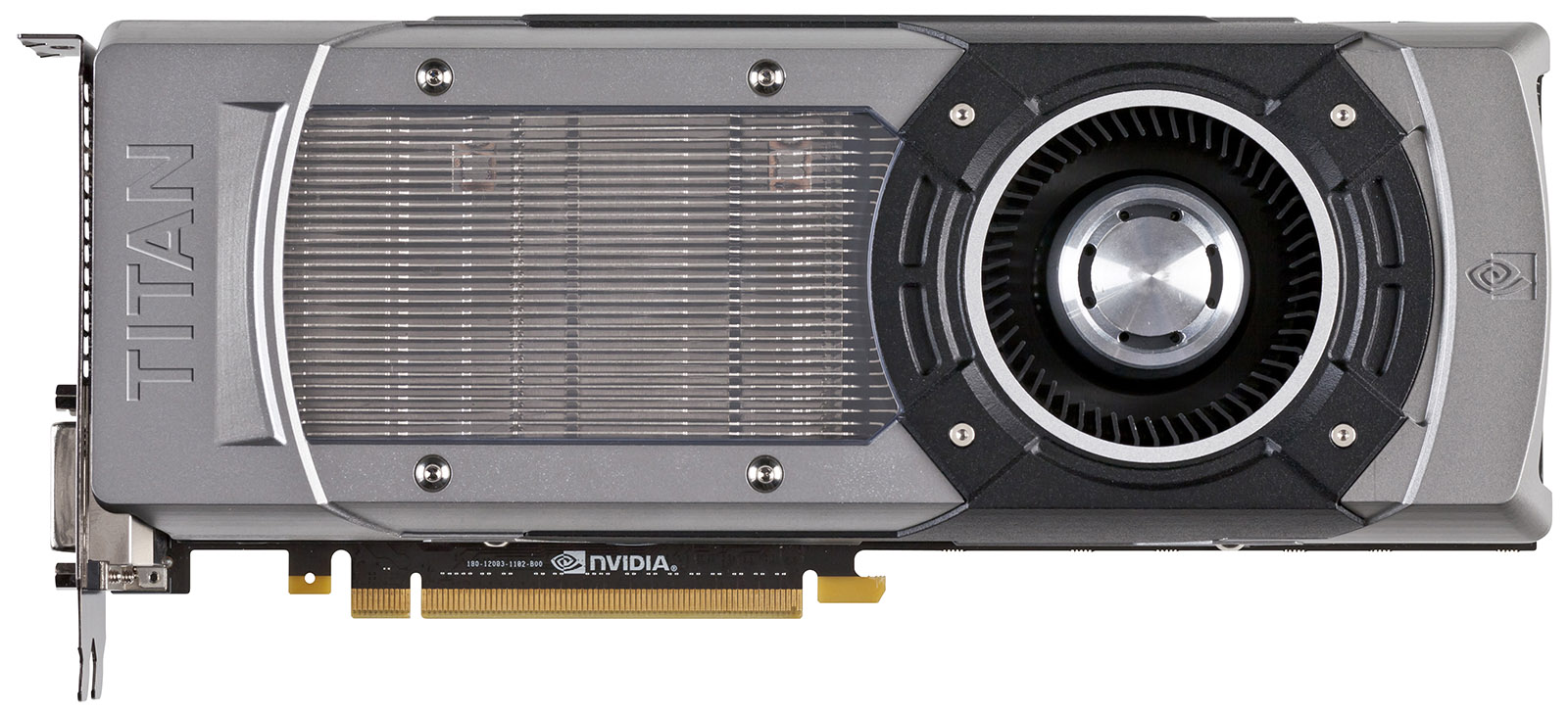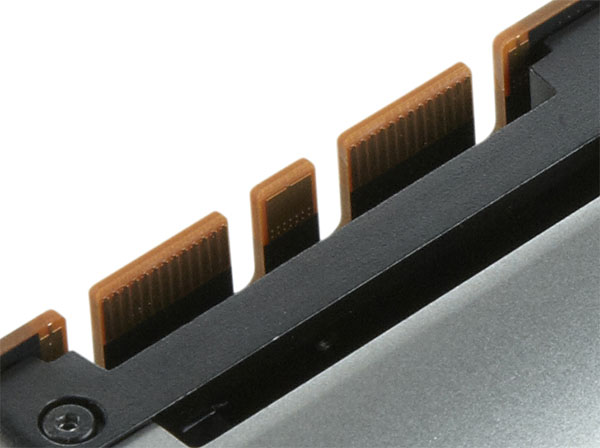Nvidia GeForce GTX 780 Ti Review: GK110, Fully Unlocked
Hot on the heels of AMD's Radeon R9 290X receiving acclaim for a fair price and high performance, Nvidia is launching its fastest single-GPU gaming card ever: GeForce GTX 780 Ti. It's quicker than 290X, but also more expensive. Is the premium worthwhile?
Meet The GeForce GTX 780 Ti
Alright, so, Nvidia frankly didn’t need to do much to make its 780 Ti a sharp-looking piece of gear. I traced the history of this industrial design in The Story Of How GeForce GTX 690 And Titan Came To Be, and remain impressed with the work that Nvidia’s engineers did to make its latest high-end card aesthetically pleasing and mechanically effective.
The GeForce GTX 780 Ti is changed minimally from the design we already know. The card’s model name, etched into the fan shroud, is now painted black—a more noticeable contrast against the silver body than before. Also, the heat sink sitting under that big polycarbonate window is black as well, standing out more ominously than Titan’s aluminum fins. Because the 780 Ti is limited to 3 GB of GDDR5, the final difference is a lack of memory packages on the back of its PCB.
Otherwise—yeah, it’s a very similar-looking product that measures 10.5” long, employs the same centrifugal fan, and offers a similar display connectivity suite. You get two dual-link DVI ports, HDMI, and a full-size DisplayPort connector.
Under the hood, of course, there’s a fully-functional GK110 GPU running at higher clocks than Titan. But Nvidia cites the same 250 W TDP as Titan (indeed, that’s the number it uses for GeForce GTX 780, too). The company says that this is correct—careful binning lets it turn on more of the processor and operate at higher clocks without exceeding the 250 W board power figure.
As a result, GeForce GTX 780 Ti employs the same eight- and six-pin power connectors as 780 and Titan.
Although Nvidia sometimes limits the number of cards that can be used together, it supports four-way SLI configurations with GeForce GTX 780 Ti. Of course, you'll need a compatible platform; it isn't enough to simply use a Z87-based motherboard with its 16 lanes of third-gen PCIe divided up, for example. A properly-equipped X79 board will work, as will a mainstream system with the right PLX switch.
Nvidia also makes a big deal about software adding value to GeForce GTX 780 Ti. To begin, there’s a three-game bundle that includes Assassin’s Creed IV: Black Flag, Batman: Arkham Origins, and Splinter Cell Blacklist. I rarely get very excited about game bundles, and this one is no exception. Assassin’s Creed is a console port designed for PlayStation 3 and Xbox 360. Batman hasn’t been getting the warmest reception. And I’m personally not a devotee of the Splinter Cell franchise. Nevertheless, that’s still $170 of free games for folks interested in the trio of titles.
Get Tom's Hardware's best news and in-depth reviews, straight to your inbox.
More compelling to me is the beta introduction of ShadowPlay (finally). Not everyone is going to get as much of a kick out of this—mostly because not everyone wants to record and play back moments from their digital conquests. However, as a former WoW raider, I have a directory of boss kill videos from back in the day that simply slammed my PC as I tried to capture them with Fraps. Offloading the encode would have been simply brilliant, and I know there are plenty of folks looking for the same functionality today. For more on ShadowPlay and its impact on gaming performance, check out Nvidia's Shield Revisited: Console Mode, Streaming, And More.
Current page: Meet The GeForce GTX 780 Ti
Prev Page GK110, Unleashed: The Wonders Of Tight Binning Next Page Test Setup And Benchmarks-
faster23rd My heart broke a little bit for AMD. Unless AMD's got something up their sleeve, it's up to the board manufacturers now to get the 290X in a better competitive stance than the 780 ti.Reply -
tomc100 At $700, AMD has nothing to worry about other than the minority of enthusiast who are willing to pay $200 more for the absolute fastest. Also, when games like Battlefield 4 uses mantle the performance gains will be eroded or wiped out.Reply -
expl0itfinder Keep up the competition. Performance per dollar is the name of the game, and the consumers are thriving in it right now.Reply -
alterecho I want to see cooler as efficient as the 780 ti, on the 290X, and the benchmarks be run again. Something tells me 290X will perform similar or greater than 780ti, in that situation.Reply -
ohim Price vs way too few more fps than the rival will say a lot no matter who gets the crown, but can`t wonder to imagine the look on the face of the guys who got Titans for only few months of "fps supremacy" at insane price tags :)Reply -
bjaminnyc 2x R9 290's for $100 more will destroy the 780Ti. I don't really see where this logically fits in a competitively priced environment. Nice card, silly price point.Reply -
Innocent_Bystander-1312890 "Hawaii-based boards delivering frame rates separated by double-digit percentages, the real point is that this behavior is designed into the Radeon R9 290X. "Reply
It could also come down to production variance between the chips. Seen in before in manufacturing and it's not pretty. Sounds like we're starting to hit the ceiling with these GPUs... Makes me wonder what architectural magic they'll come up with next.
IB -
bjaminnyc 2x R9 290's for $100 more will destroy the 780Ti. I don't really see where this logically fits in a competitively priced environment. Nice card, silly price point.Reply -
Deus Gladiorum I'm going to build a rig for a friend and was planning on getting him the R9 290, but after the R9 290 review I'm quite hesitant. How can we know how the retail version of that card performs? Any chance you guys could pick one up and test it out? Furthermore, how can we know Nvidia isn't pulling the same trick: i.e. giving a press card that performs way above the retail version?Reply






